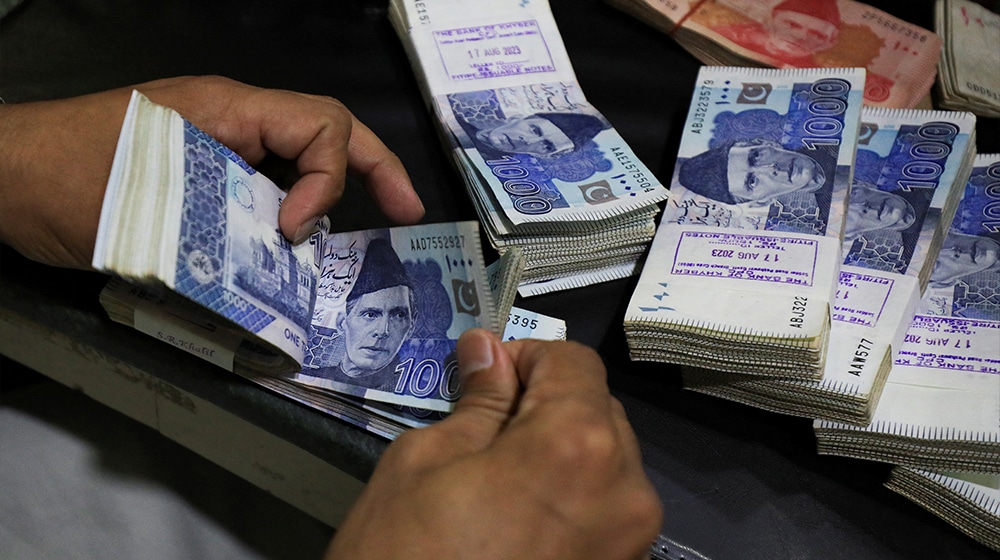Islamabad: Pakistan’s economic progress continues to gain momentum. The country recorded a per capita income of $1,680 in FY2024. Projections for FY2025 estimate this figure to rise to $2,405, reflecting a robust economic recovery. Islamabad leads with a per capita GDP of $2,996, surpassing several regional benchmarks, including India’s national average of $2,106.
Punjab’s per capita income stands at $1,713.60, exceeding the national average by 2 percent. Sindh emerges as a top performer with a figure of $1,748, highlighting its economic strength. Meanwhile, Khyber Pakhtunkhwa and Balochistan report per capita incomes of $1,388.41 and $1,106 respectively, showcasing steady progress. Gilgit-Baltistan and Azad Jammu and Kashmir are not far behind, recording $1,550 and $1,730 respectively. These figures reflect Pakistan’s focus on balanced regional development.
India, in contrast, exhibits significant regional disparities. Southern states boast a per capita income of $3,421, while northern regions influenced by Hindutva policies report only $813. India also faces dire socio-economic challenges. According to the UNDP and Oxford Poverty and Human Development Initiative, it has the highest global poverty rate, with 234 million people living below the poverty line. Youth unemployment has surged, with the International Labour Organization reporting an increase from 35.2 percent to 65.7 percent.
Pakistan has overcome severe challenges to achieve this progress. Over the past two decades, the economy suffered losses of $150 billion due to foreign-sponsored terrorism. Hosting 4 to 5 million Afghan refugees further strained resources. Despite these hardships, Pakistan has demonstrated resilience and a steadfast commitment to sustainable growth. Its vision for inclusive development provides a roadmap for turning challenges into opportunities.


